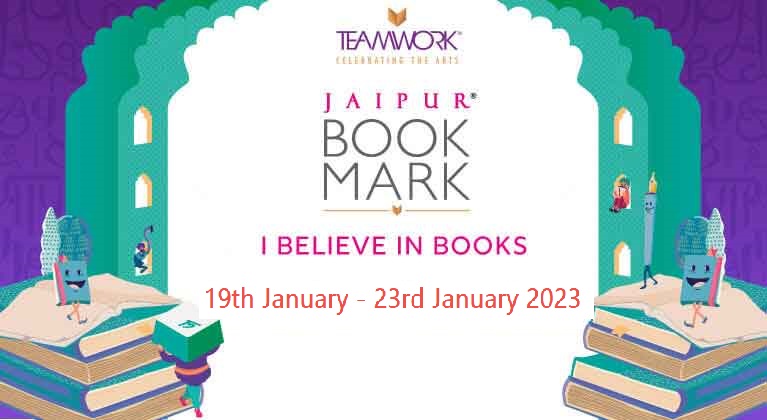by Ishan Roy

Putiya Katru: The Fresh Breeze in Tamil Publishing
Literature, if not published, leaves stories untold. In a multilingual country like India, wherein each of its corners, whether it is the north, south, east, or west, has multiple different languages, scripts, and dialects, publishing not only supports literature but also determines whose stories get told and heard. While English and Hindi often dominate the publishing world in India, the quiet revolutions in regional publishing are shaking up the narrative.
The panel discussion, ‘Puthiya Katru’ (which, from Tamil, translates to ‘New Wind’) at Jaipur Bookmark 2025, moderated by S.R. Sundaram (aka Kannan Sundaram), brought together three remarkable women: Ival Bharathi, Gayathri Ramasubramaniam, and Niveditha Louis. Each of them heads their own publishing house in Tamil Nadu, and together they are creating new spaces for Tamil women writers to be published, seen, heard, and translated. If more women like these three continue to gain ground, we might see a future where publishing is not gate-kept by geography, gender, or language.
The base idea of the discussion was to explore how publishing regional languages, specifically Tamil in this instance, can democratise literature. What stood out to me from this discussion was the commitment to highlighting women who are navigating and reshaping a male-dominated industry. Ramasubramaniam and Louis spoke candidly about making literature that is both socially relevant and commercially viable.
My first encounter with Tamil literature came through translation. In high school, I read Perumal Murugan’s Pyre, a haunting tale of love, caste, and death. The book introduced me to the customs of rural Tamil Nadu, providing a deep insight into the caste system in the area. Reading the book led me to realise that translation is more than a linguistic act; it is an ethical one. It enables a story to transcend borders and resonate with readers who might never have been aware of its existence.
Publishing in regional languages makes literature more accessible to diverse populations, allowing people to see themselves, their villages, dialects, and rituals reflected in books. Through the discussion, Bharathi responded to questions in Tamil, and Sundaram translated these responses into English. This felt like a microcosm showcasing the idea that translation bridges the gap between understanding and accessibility.
Despite India being home to twenty-two recognised languages and hundreds of dialects, a 2019 Nielsen report noted that English-language books still dominate India’s publishing landscape in terms of visibility and sales. Further, when one moves away from publishing in English, the focus switches to publishing in Hindi. Although big publishing houses, including HarperCollins and Rupa Publications, occasionally publish regional language books, their primary focus is putting out literary work in either English or Hindi. This emphasis discounts the vibrant literary traditions that are fostered by Tamil, Marathi, Bengali, Kashmiri, Assamese, and other publishing houses and the unique experiences that are reflected in texts in these languages.
Stories from these various regional languages may still get the recognition and reach they deserve through translations. However, the question remains - how much does get lost in translation? What nuances slip through the crevices between cadence and idiom, when languages are converted to another tongue? How will urban readers be informed about rural contexts? Even as we champion translation, we must also protect the original text and capture its complexities and sentiments.






